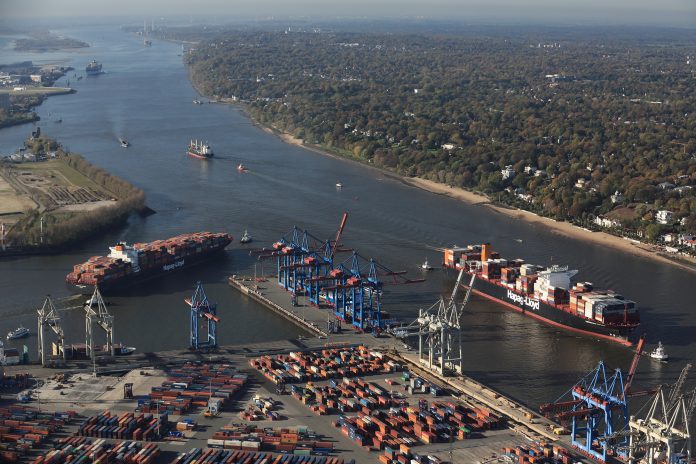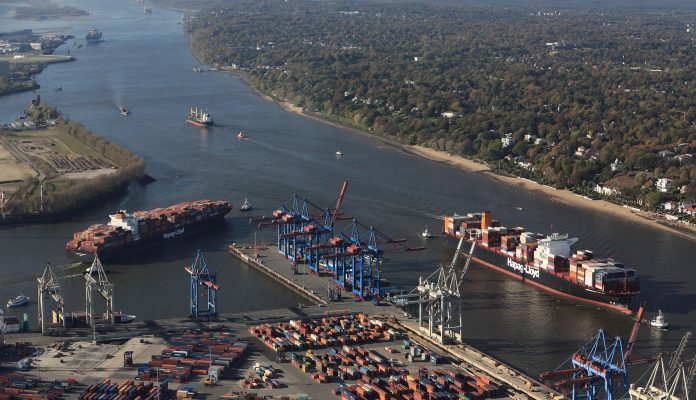Belgium and the Netherlands have surpassed Spain as the primary gateways to Europe for cocaine trafficking, according to Europol statistics.
The European police agency’s assessment shows that criminal organizations, primarily those from Colombia, are bringing drugs into the Netherlands via Rotterdam, Hamburg, and mainly Antwerp, from where they are trafficked all over Europe.
“The focus of the cocaine market in Europe has migrated northwards,” the analysis, formulated in partnership with the United Nations Office on Drugs and Crime (UNODC), said.
According to the report, the growing usage of container vessels and the vast capacity of Antwerp, Rotterdam, and Hamburg port terminals “have solidified the Netherlands’ role as a transit area” for cocaine trafficking.
Recently, Rotterdam authorities found 4.5 tonnes of cocaine hidden in containers from Latin America that further solidifies the above statement.
The North Sea coastlines have “taken the place of the Iberian peninsula as the primary entry point for cocaine into Europe,” the report stated.
Europol reported that 65.6 tonnes of cocaine were seized in Antwerp in 2020, while Germany and Belgium confiscated a record 23 tonnes of the narcotic disguised in shipping containers in February.

The European cocaine market has seen a drastic expansion by the increased trafficking, particularly since the 2016 peace agreement between the Marxist FARC guerrillas and the Colombian government resulted in the upsurge of multiple groups competing for command of cocaine production, according to the analysis.
The FARC (Revolutionary Armed Forces of Colombia) dominated a portion of the coca-growing region and supervised international negotiators and traffickers’ exposure to available cocaine supplies.
According to the analysis, the 2016 peace accord “broke the FARC’s integrated command structure and resulted in the development of various splinter organizations controlling various territories and cocaine production” in these areas.
This has “increased the possibility of forming new alliances and collaborations,” the statement noted.
European organized crime groups have now shifted their strategy, making direct ties with these gangs and acquiring cocaine directly from the source.
Cocaine ranks second in the list of most extensively used drugs in Western and Central Europe, according to the report, with the most recent projections estimating the number of consumers at 4.4 million by 2020.
Ankur Kundu
Correspondent

 Tiếng Việt
Tiếng Việt
